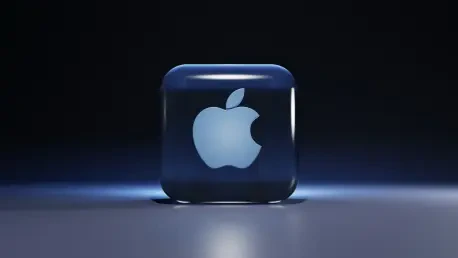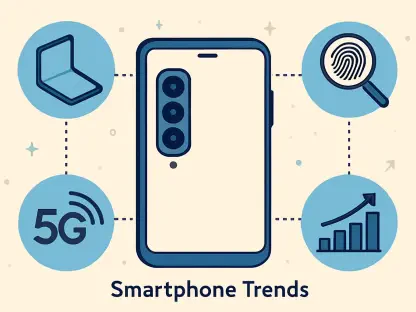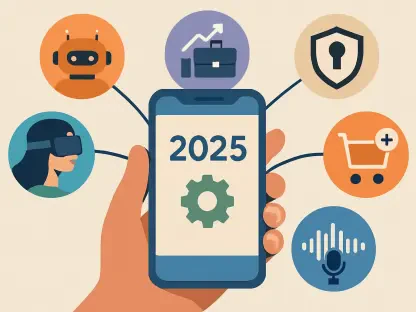In a much-anticipated move, Apple has released the third beta version of iOS 18.5, macOS Sequoia 15.5, and iPadOS 18.5 to its developer community. These beta releases, while primarily aimed at developers participating in Apple’s beta testing programs, provide significant insights as to when the general public can expect to receive the final software updates. Although these beta versions do not include any groundbreaking new features or major changes, they serve an important purpose by focusing on bug fixes and security improvements. This release underscores Apple’s continuous commitment to enhancing the user experience by addressing system stability and reliability issues through these intermediary updates.
The third beta versions of iOS 18.5, macOS Sequoia 15.5, and iPadOS 18.5 highlight Apple’s meticulous approach to software development. The absence of major new features suggests that Apple is nearing the completion of these updates, prioritizing refinements over introducing new elements. While developers are keen to work with these betas to ensure their applications are compatible with the latest Apple software, non-developers also have the opportunity to participate in the beta testing process, although they might encounter a more bug-prone system environment. It is generally advisable for the average user to wait until the final, stable releases are available, which are expected in the coming weeks.
1. Beta Program Participation
Apple’s beta releases, including iOS 18.5 beta 3, macOS Sequoia 15.5 beta 3, and iPadOS 18.5 beta 3, are integral to the company’s development cycle, offering developers a preview of upcoming changes and improvements. Enrolling in the beta testing program is straightforward, and those interested can start by navigating to their device’s settings. For iPhone and iPad users, the process involves opening the “Settings” app, going to “General,” selecting “Software Update,” and then opting to download and install iOS 18.5 beta 3. This simple procedure allows testers to experience the latest updates while providing feedback to Apple.
For Mac users, the process to install macOS Sequoia 15.5 beta 3 is similarly uncomplicated. By accessing the Apple menu, selecting “System Settings,” navigating to “General,” and then “Software Update,” users can choose to “Update Now.” Installing beta updates typically requires a device restart to complete the installation process. Though the experience may be slightly more unstable than stable releases, beta testing is invaluable for developers aiming to optimize their applications for the latest Apple software.
2. Anticipating Stable Releases
As Apple progresses through its beta testing phases, users are eager to know when the final versions of iOS 18.5, macOS Sequoia 15.5, and iPadOS 18.5 will be released. History shows that Apple usually runs through multiple beta versions before finalizing its software updates. Though no specific dates have been announced, it is reasonable to anticipate the final releases will be available in the near future. Until then, most users are encouraged to stick with the current stable builds, which are macOS Sequoia 15.4, iOS 18.4, and iPadOS 18.4, as these versions offer a more reliable and consistent user experience.
Apple’s methodical approach to rolling out software updates ensures that each release is thoroughly vetted for any bugs or security vulnerabilities. By allowing developers to test beta versions and provide feedback, Apple can address potential issues before making the updates available to the general public. This process not only enhances the overall quality of the software but also boosts user confidence in Apple’s commitment to delivering high-quality and secure products. As such, the final releases of iOS 18.5, macOS Sequoia 15.5, and iPadOS 18.5 are eagerly awaited by both developers and end-users alike.
3. Final Thoughts and Future Considerations
Apple has announced the release of the third beta versions of iOS 18.5, macOS Sequoia 15.5, and iPadOS 18.5 to developers. These updates, aimed primarily at developers involved in Apple’s beta testing programs, offer significant clues about the timeline for the final public release of these software updates. Although the new beta versions don’t introduce groundbreaking features or major changes, they focus on important aspects like bug fixes and security improvements. This move highlights Apple’s dedication to enhancing the user experience by improving system stability and reliability through these intermediate updates.
The release of these third beta versions underscores Apple’s detail-oriented approach to software development. The lack of major new features indicates that these updates are nearing completion, with Apple prioritizing polishing over adding new elements. Developers are eager to test these betas to ensure their apps are compatible with the latest Apple software. While non-developers can also join the beta testing process, they may encounter a bug-prone environment. Therefore, it’s usually best for average users to wait for the final, stable versions, expected in the coming weeks.









